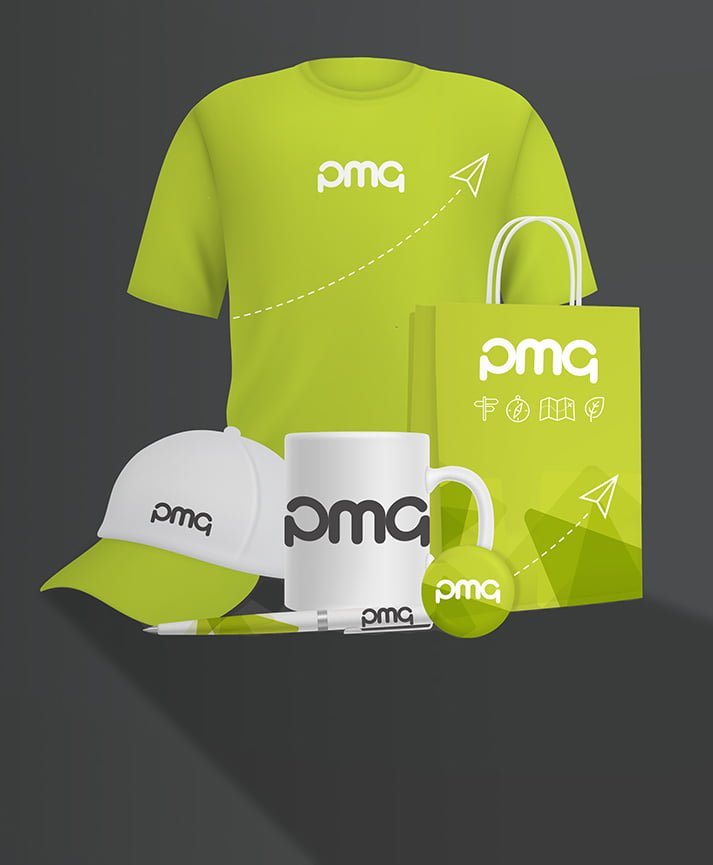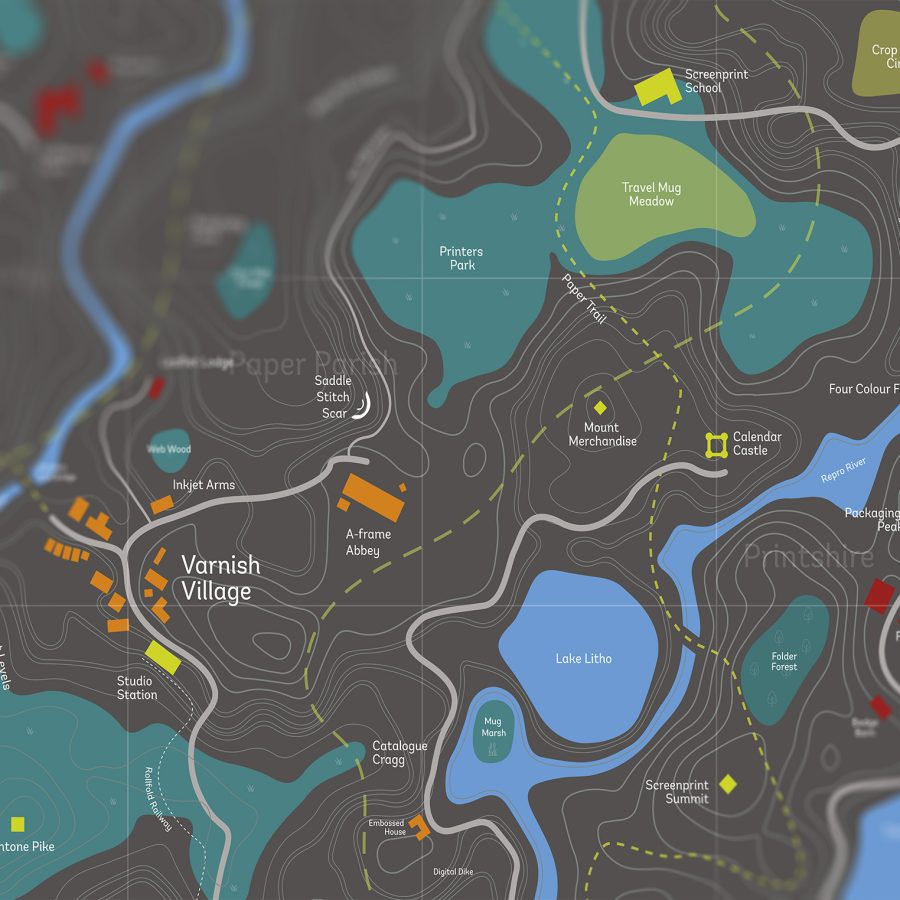
How can you design for perfect print? Is it a specialist skill, or can anyone concoct incredible creations? And what are the secrets you need to know to win at print design?
Well, given we do Clever Print Management for a living, here are a few of our insider tips…
Colour is critical
Here’s the thing about colour: it can make or break your print, in many ways.
Don’t be scared of colour, just be remember a few of the golden rules:
- CMYK Print Ready Artwork – Always keep an eye on the colours which end up in your final artwork. Although you can use as many RGB images in your designs as you like, your final artwork should always be CMYK (also known as the four colour process). None of your RGB here please. If you want to choose a spot colour which is brighter and has more ‘zing’ than you can get from CMYK you could also use a Pantone Colour. These are often used when printing on various materials to obtain a consistent colour. Check out one of our helpful blogs on colour terms here).
- Colour combinations and colour theory – when it’s one of Isaac Newton’s theories, it’s generally worth paying attention to so look up his original colour wheel which explains how light (RGB) makes up the colour spectrum. Then take a look at many other colour wheels showing the relationships between complimentary colours. There are many colour combos which designers agree should be avoided such as blues and greens which can clash and ‘vibrate’ visually when together or colours which are tonally the same which are hard to make out when on top of each other. Don’t be afraid to experiment with colours whilst bearing these things in mind.
- Colour symbolism – red is often used to highlight danger; pink can be seen as romantic, feminine and soft; strong colours such as orange or yellow are often associated with some big brands. Colours have some powerful sub-conscious meanings, so it’s worth remembering how your designs could be received
Size and paper weight
Knowing the size you’re designing for is critical. Depending on the complexity of the artwork it might not be possible to resize afterwards. Things such as fonts can often not be very unreadable when reduced substantially in size. That’s why we have a comprehensive pre-flight process for making sure that all print artwork we receive will, well, work. Thinking about the weight of the paper you will be using is also important as. If it is too thick a multi-page brochure for example may be difficult to flick through and feel too rigid. If it is too thin and there are a lot of heavy images on each page you may see some heavy images showing through the other side of the paper. The PMG team can advise you on the most suitable paper before you start your project.
Quality of images
Living in an era when everyone carries a camera in their pocket it’s easy use these snaps in your designs. And although it’s true that many smart phones can take pictures with a decent resolution, they won’t all stand up when enlarged in your design. (Although Apple ran a canny iPhone 6S campaign in 2016, Shot on iPhone, featuring pictures taken with its phones.) Always try to use high resolution images in your designs. A good rule of thumb can sometimes be to look at the physical size of the image (1Mb for example). It does not always follow but often the larger the file size the higher the image resolution. Using images from the web is also generally a no no. Web images are generally intended for web use only and are usually low res.
Remember, don’t panic – For more advice about designing for print or get help with a query, give the PMG design team a quick call on 01924 284330 for a chat. Trust your project to the experts.
















































